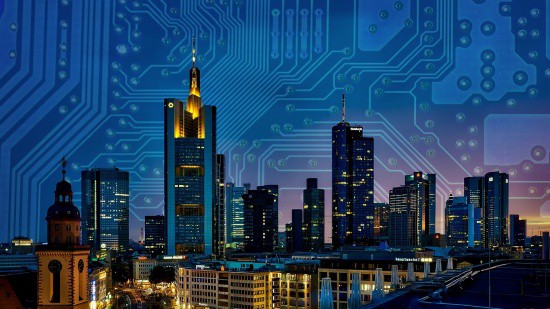The ongoing pandemic has driven both tenants and building operators to seek viable solutions that improve building spaces, making them smarter, healthier, and safer.
This year will continue to see industry players in the built environment sector focused on finetuning the vision of the Future of Buildings – when space, technology, and people intersect.
“Space” refers to the physical area and the movement flow, such as spatial intelligence (e.g., predictive facilities management), while “technology” would refer to facilities-centric concerns such as building and environmental intelligence (think predictive energy management). Meanwhile, “people” looks at human-centric considerations, including behavioural intelligence (e.g., tenant information analytics), and wellness intelligence (e.g., smart workplace productivity, clean indoor air circulation for better health well-being).
Driving this intersection would be innovation and the identification of smart technologies that have to be developed and rolled out.
Myriad of technologies come together
Realising the vision for future buildings involves the integration of a myriad of technologies from analytics, artificial intelligence (AI) and machine learning, to converged systems and Internet of Things (IoT), as well as data management.
Analytics, AI, and IoT enable buildings to be self-adapting, self-healing and self-optimising. The building will be able to predict and learn occupants’ preferences and usage patterns. It will also be adept at detecting human presence within a space and personalising the environment for improved productivity and wellness – critical when building occupancy is expected to continue fluctuating depending on the government’s directive.
AI would also be useful to further personalise the building as it can streamline maintenance tasks such as load management and fault detection. This includes installing automated air-filtration systems with touch-free controls that detect and reduce airborne pathogens, or using timed artificial lighting that mimics changing natural light throughout the day. This will improve energy usage, increase the commercial attractiveness of the property, enhance its environmental, social and governance (ESG) metrics, and manage risks of viruses spreading.
Visualising cognitive buildings
In future, the value of buildings will not depreciate over time. By leveraging data-driven technologies, buildings will become smarter and able to upgrade its features, thereby increasing their own value.
Such buildings are known as cognitive buildings – and this development has happened as the industry transitions from system insights into platform optimisation that enables data-driven user applications. Focuses are also changing, from energy efficiency to concerns around sustainability and wellness.
While data can provide actionable insights to transform buildings into cognitive buildings, it can be daunting to deal with the massive amount of data that is collected . To overcome this, organisations need to have the right tools to digest the data and the requisite domain knowledge to analyse the information to extract the insights.
Systems and solutions of the future
As we enter the future, converged systems & IoT solutions will lead the way: they are the drivers behind cognitive buildings. Equally important is a unified platform that connects devices and data to deliver a holistic outcome for the occupant. Synonymous to data is security – which needs to be everyone’s responsibility. There needs to be basic cybersecurity awareness across the industry, as well as ensuring all building data are encrypted at rest and in transit using industry-leading protocols. There also needs to be restricted access and secure data protection to ensure user privacy and adherence to existing data protection laws, as well as regular audits to validate security measures to avoid complacency.
In conclusion, as we move into the new year, we can expect a wave of change in the way buildings and spaces are designed, built and utilised in a post-pandemic world. Fast-emerging technologies will help unlock predictive insights from behavioural, building, and spatial intelligence that will be critical to transform the occupants’ experience.



